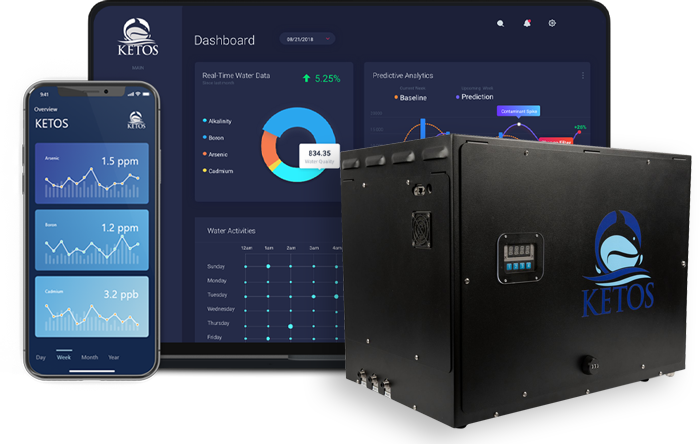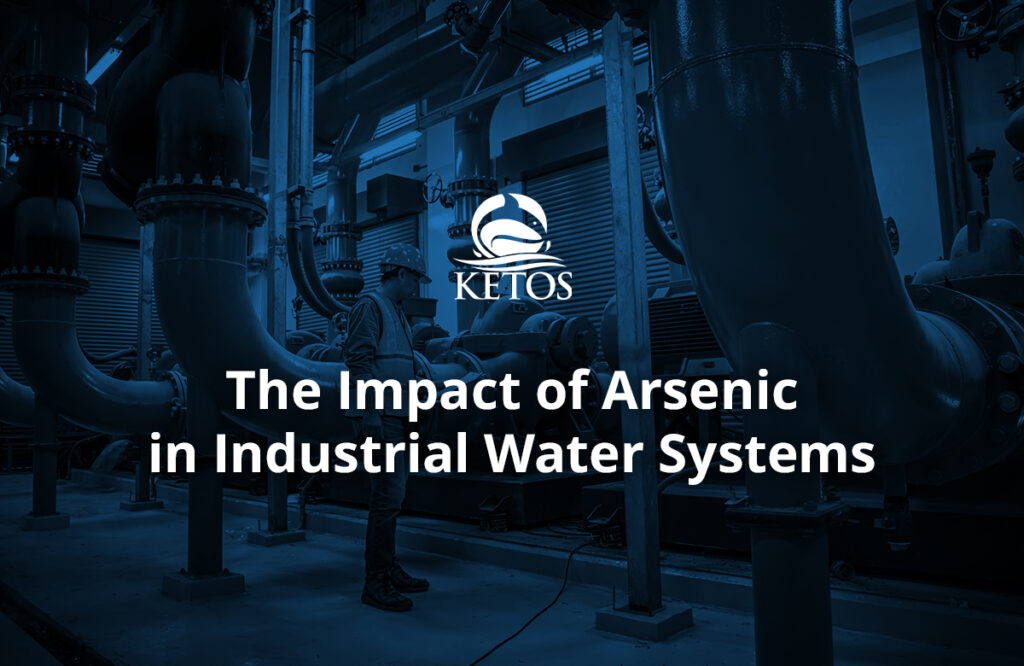Industrial wastewater is a major challenge for factories. As environmental laws tighten, companies need better ways to monitor water quality. Total Dissolved Solids (TDS) meters are key tools in this effort.
Factories produce large amounts of wastewater daily, often containing harmful substances. TDS meters quickly measure what’s in the water, helping keep the wastewater clean and industrial equipment safe. With hefty fines for pollution, these meters have quickly become essential tools to help industries stay compliant and efficient.
TDS meters are changing how factories manage water, making it easier to run clean operations and meet regulations.
The Importance of TDS Monitoring in Industrial Wastewater
Total Dissolved Solids refer to the sum of all organic and inorganic substances dissolved in water. These substances can include salts, metals, minerals, and other chemical compounds. In industrial settings, high TDS levels can lead to various issues:
- Corrosion of equipment and pipes;
- Reduced efficiency of heat exchangers;
- Scaling in boilers and cooling towers;
- Decreased product quality in manufacturing processes; and
- Environmental compliance violations.
By employing TDS meters for continuous monitoring, industries can preemptively address these challenges and optimize their water treatment processes.
TDS Levels and EPA Guidelines
Understanding TDS levels is important for effective water management. The Environmental Protection Agency (EPA) has established guidelines for TDS in drinking water:
- EPA recommends a maximum TDS level of 500 mg/L (500 ppm) in drinking water.
- This is part of the Secondary Maximum Contaminant Levels (SMCLs), which are non-enforceable.
- Exceeding this level may cause hardness, deposits, coloration, staining, or salty taste.
These standards are based on aesthetic considerations, not health risks. While higher levels aren’t classified as unsafe, monitoring TDS remains crucial for water quality and equipment efficiency.
Regular monitoring and management of TDS levels can help industries ensure better water quality, improve processes, and maintain regulatory compliance.
TDS Meter Technology and Applications
Modern TDS meters utilize advanced technology to provide accurate and reliable measurements. These devices typically work by measuring the electrical conductivity of water, which is directly proportional to the concentration of dissolved ions.
Key features of industrial-grade TDS meters include:
- High accuracy and precision;
- Wide measurement range;
- Temperature compensation;
- Data logging capabilities; and
- Integration with SCADA systems.
TDS meters find applications across various industries, including:
| Industry | Application |
| Chemical Manufacturing | Process water quality control |
| Food and Beverage | Product quality assurance |
| Power Generation | Boiler feed water monitoring |
| Semiconductor Manufacturing | Ultrapure water production |
| Textile Industry | Dyeing process optimization |
Implementing Effective TDS Monitoring Strategies
To maximize the benefits of TDS monitoring in industrial wastewater management, companies should consider the following strategies:
1. Establish Baseline TDS Levels
Before implementing a monitoring program, it’s important to establish baseline TDS levels for various process streams. This data serves as a reference point for future measurements and helps in identifying anomalies.
2. Select Appropriate Monitoring Points
Strategic placement of TDS meters throughout the industrial process is essential. Key monitoring points may include:
- Raw water intake;
- Process water streams;
- Wastewater discharge points; and
- Recycled water systems.
3. Implement Continuous Monitoring
Continuous monitoring using inline TDS meters provides real-time data, allowing for immediate response to any deviations from acceptable levels. This approach is particularly valuable in industries where water quality directly impacts product quality or process efficiency.
4. Integrate with Data Management Systems
Connecting TDS meters to centralized data management systems enables comprehensive analysis of water quality trends. This integration facilitates informed decision-making and proactive maintenance planning.
5. Establish Alert Thresholds
Setting up alert systems based on predefined TDS thresholds helps in early detection of water quality issues. These alerts can be configured to notify operators or trigger automated responses in treatment systems.
Case Study: Effective TDS Monitoring in Meat Processing
A Fortune 500 food company, one of the world’s largest meat producers, implemented the KETOS SHIELD system to monitor water quality, including TDS levels, across its production facilities. This case study demonstrates the power of real-time TDS monitoring in industrial wastewater management.
Challenge:
The company faced significant water quality fluctuations due to various factors, including weather events. Their traditional water testing methods, using handheld devices and lab tests, were time-consuming and reactive, often leading to delayed responses to water quality issues.
Solution:
The KETOS SHIELD was installed at four critical points in the treatment process, including the anoxic/anaerobic basin, aeration basins, and post-chlorination stages. The system was configured to test multiple parameters, including Total Dissolved Solids (TDS), every 60 seconds.
Results:
- Real-time monitoring: The company gained 24/7 insight into critical water quality parameters, including TDS.
- Proactive management: Operators could address water quality issues immediately, rather than waiting days for lab results.
- Increased efficiency: In the first 40 days, the system saved 120 hours of manual sample collection time.
- Cost savings: The company reduced chemical treatment costs by more than $100,000 through optimized treatment based on real-time data.
- Improved compliance: The system ensured that water discharged to the city consistently met permit levels.
This case study illustrates how continuous TDS monitoring, along with other key parameters, can significantly improve industrial wastewater management, leading to cost savings, increased efficiency, and better regulatory compliance.
Latest Trends in TDS Monitoring
The field of TDS monitoring is evolving rapidly, with several emerging trends shaping the future of industrial wastewater management:
1. Internet of Things (IoT) Integration
IoT-enabled TDS meters allow for remote monitoring and control, enabling real-time adjustments to water treatment processes from anywhere in the world.
2. Artificial Intelligence and Machine Learning
Advanced algorithms are being developed to predict TDS level fluctuations based on historical data, allowing for proactive management of water quality.
3. Miniaturization and Portability
Compact, portable TDS meters are becoming increasingly popular for on-site testing and troubleshooting in industrial settings.
4. Multi-Parameter Sensors
Next-generation devices combine TDS measurement with other critical water quality parameters, providing a more comprehensive view of water chemistry.
Challenges in TDS Monitoring and Management
Despite the advancements in TDS monitoring technology, several challenges persist in industrial wastewater management:
- Calibration and maintenance of TDS meters in harsh industrial environments.
- Interpretation of TDS data in complex water matrices.
- Balancing water quality requirements with economic considerations.
- Addressing high TDS levels in water-scarce regions.
Addressing these challenges requires a multifaceted approach, combining technological solutions with comprehensive training and process optimization strategies.
Best Practices for TDS Management in Industrial Settings
To effectively manage TDS levels in industrial wastewater, consider implementing the following best practices:
- Regularly calibrate and maintain TDS meters to ensure accurate and reliable measurements.
- Identify and implement source reduction strategies to minimize TDS inputs in your industrial processes.
- Investigate and develop water recycling and reuse opportunities within your facility.
- Evaluate and invest in advanced treatment technologies such as reverse osmosis or ion exchange when cost-effective for your operations.
- Establish and maintain ongoing training programs for operators focused on TDS monitoring and management techniques.
- Engage with water treatment specialists to develop solutions tailored to your specific industrial needs and challenges.
By adopting these practices, industrial facilities can improve their TDS management, optimize water use efficiency, and maintain compliance with regulatory requirements.
Better TDS Monitoring for Industry with KETOS
We’re making it easier for factories to measure and manage Total Dissolved Solids (TDS) in their water. Our smart systems provide accurate, real-time TDS monitoring along with other crucial water quality parameters.
Our TDS monitoring solutions:
- KETOS SHIELD: Measures TDS levels 24/7, along with 30+ other water quality parameters.
- KETOS WAVE: Helps track water usage, which can affect TDS concentrations.
- KETOS Analytics: Analyzes TDS data and provides insights and predictive analytics.
What our TDS monitoring does:
- Shows you TDS levels in real-time;
- Predicts when TDS levels might become a problem;
- Works with your existing water treatment systems;
- Checks for TDS alongside other dissolved substances;
- Helps you control TDS to optimize processes, save money, and follow regulations; and
- Uses machine learning to provide deeper insights into TDS trends and impacts.
Our tech helps you understand and manage TDS better, which is crucial as water quality rules get stricter and water conservation becomes more important.
Want to improve how you monitor TDS in your factory’s water? Talk to us today about our comprehensive TDS monitoring solutions. We can help make your water quality management more efficient, sustainable, and compliant.










